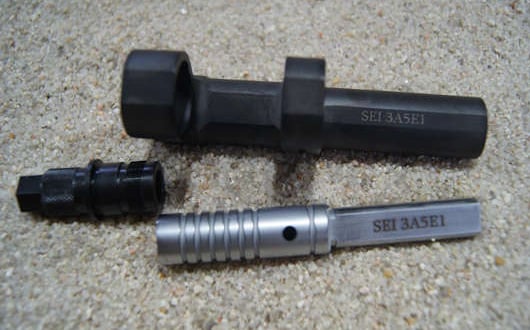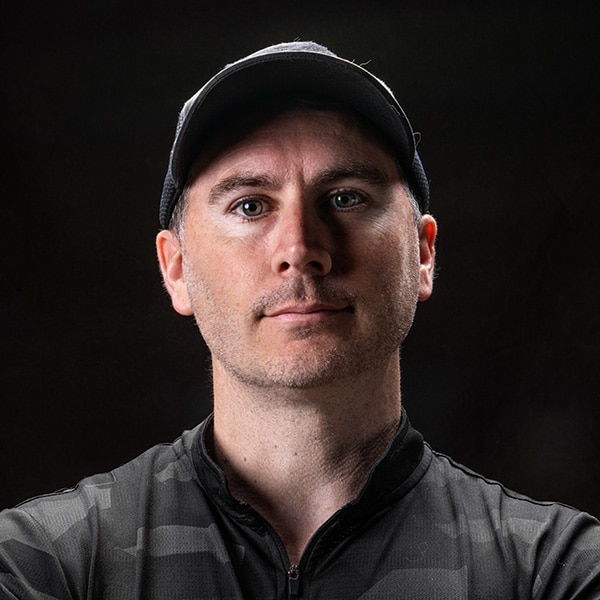The Armory Life Interviews:
M14 Maestro, Ron Smith
June 16th, 2023
7 minute read
I recently had an opportunity to sit down with Ron Smith of Smith Enterprise, Inc. for an exclusive interview for The Armory Life. Smith is an unquestioned master of the M1A/M14 family of firearms, and his work is renowned and respected in both military and civilian circles.
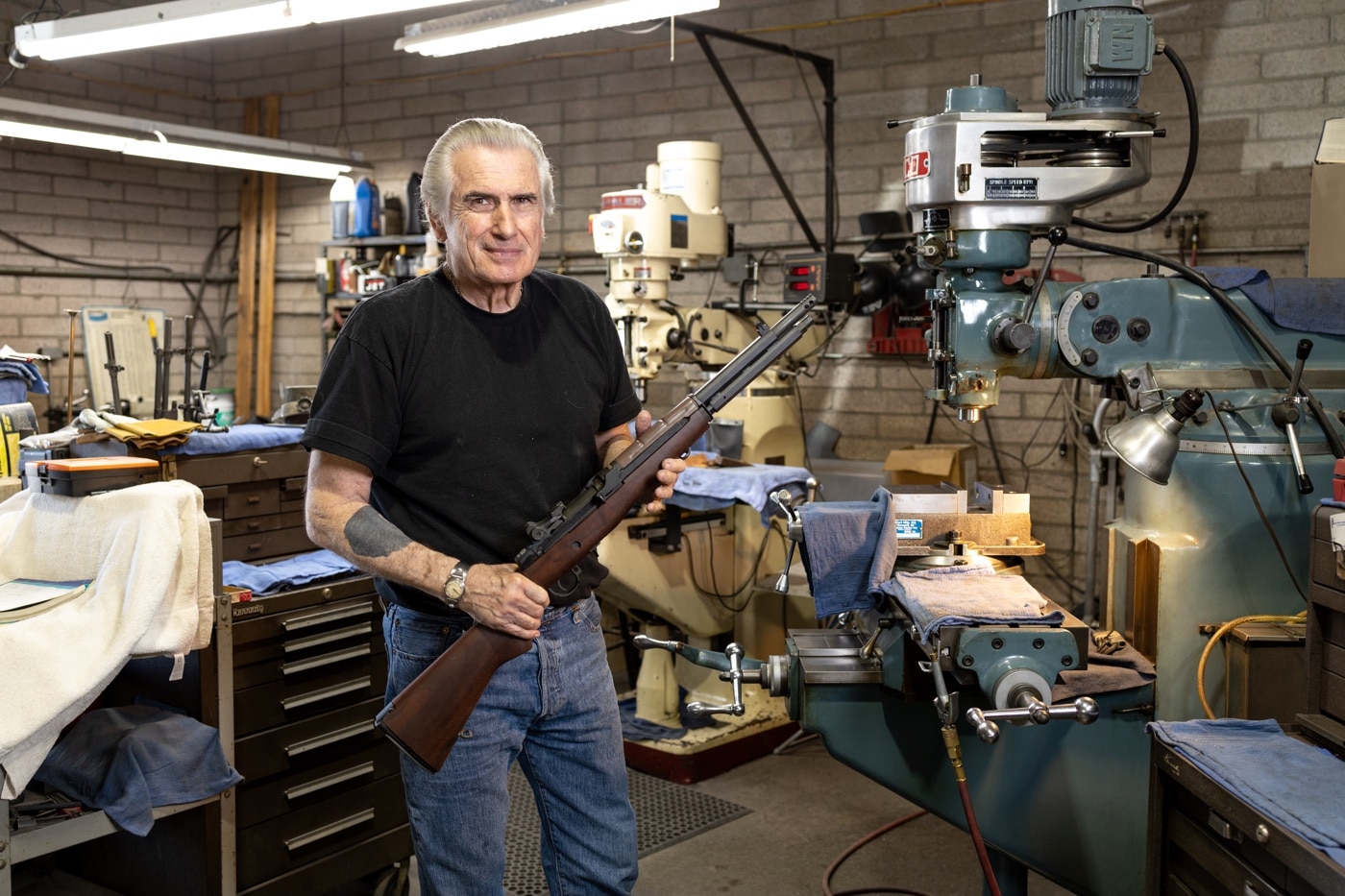
Founder of Smith Enterprise, Ron Smith was one of the men brought in during the early years of America’s War on Terror to get M14 rifles back in fighting shape and updated for use by the 2nd Infantry Division, 10th Mountain Division, 25th Infantry Division, 503rd Parachute Infantry Regiment and more.
These rebuilt M14 rifles needed to be capable of 1 MOA accuracy, and they would be going into the hands of designated marksmen. The rifle that was delivered to these units was the now fabled M21A5 “Crazy Horse” rifle developed by Smith Enterprise. (Click here to read a full article on a custom Crazy Horse M1A.)
I’d like to thank Mr. Smith for taking the time to do this Q&A session with The Armory Life.
The Armory Life (TAL): How long have you been working in the firearms industry as a gunsmith?
Ron Smith (RS): My family has been in the ordnance business since 1910. I started my apprenticeship in 1964. I’m 72 now and I’ve been at this ever since. That and the military is all I’ve ever known. You know, I joined the Marine Corps in ‘68, spent time in the U.S. Army, National Guard and the Army Reserves, but I always came back to the family business.
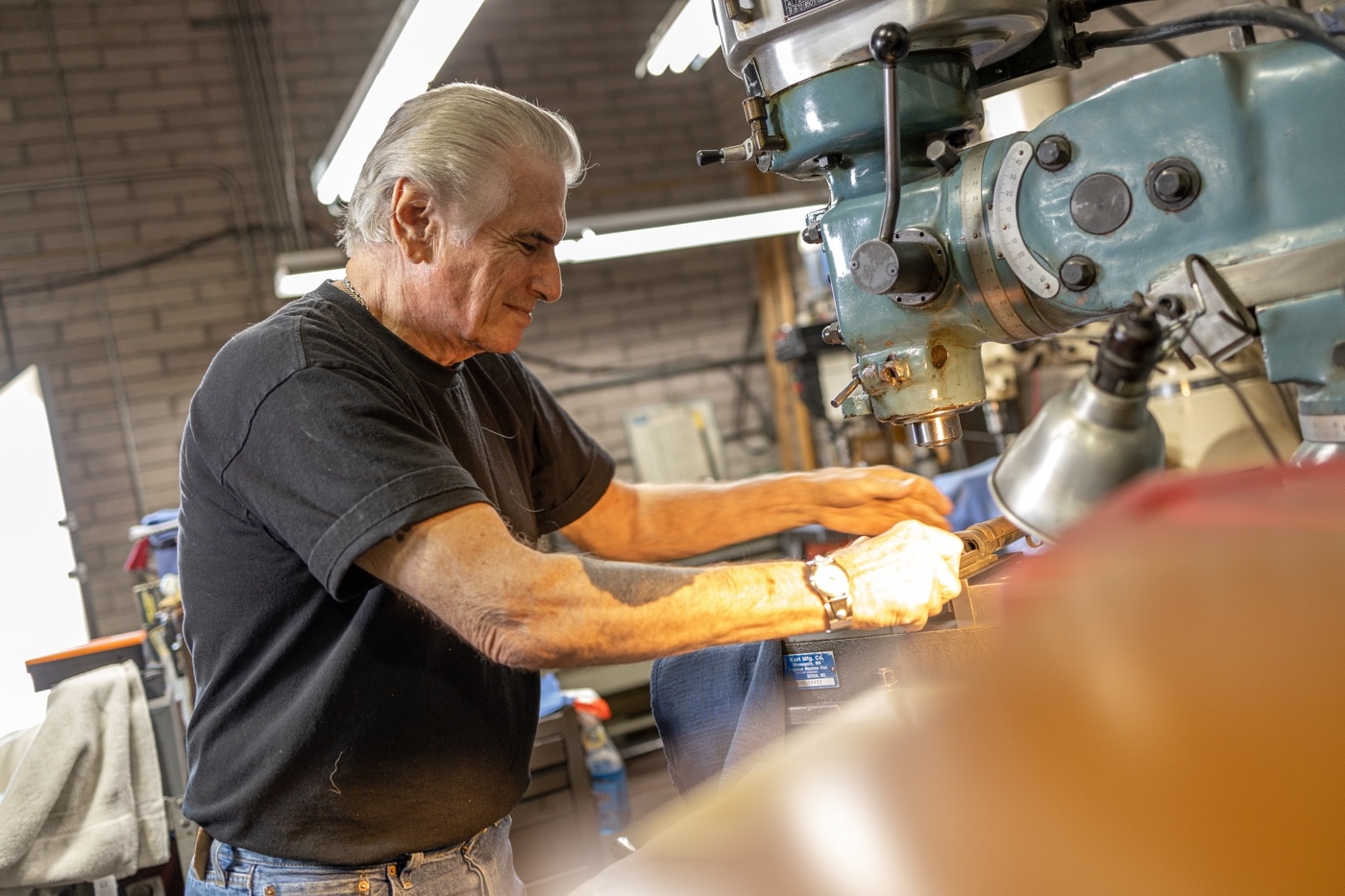
TAL: Over the time when you were developing products for the U.S. military like your remarkable Vortex flash suppressor, did you think of it from the perspective of, “if I were a service member this is what I would want or need” based on your own military experience?
RS: If we’d had our Vortex flash suppressor back then, there’d be a lot fewer names on the black wall. In triple canopy jungle, you’re shooting at muzzle flashes. I got to thinking, we can conceal this flash and I think I know how to do it. And we did. Famed firearms expert Peter G. Kokalis took about 200 of our Vortex and he said they made a big difference in jungle fighting. Because the bad guys couldn’t see where the good guys were firing from, the Vortex really took off down there.
TAL: We know you are a fan of the M14. Did you carry one during your time in service?
RS: I did. I had an H&R and it was a rattle trap, but the thing was accurate. I mean, it was a wore-out old gun, but it worked, and it worked well. Most of ’em I saw were pretty well worn. When the battalion commanders would rotate out, the new ones would try to tell us we had to swap to the M16. We told them we weren’t interested and stuck with our M14 rifles. Sometimes even having to de-link M60 belts to get the ammo. (Read about M14 rifles in the Vietnam War here.)
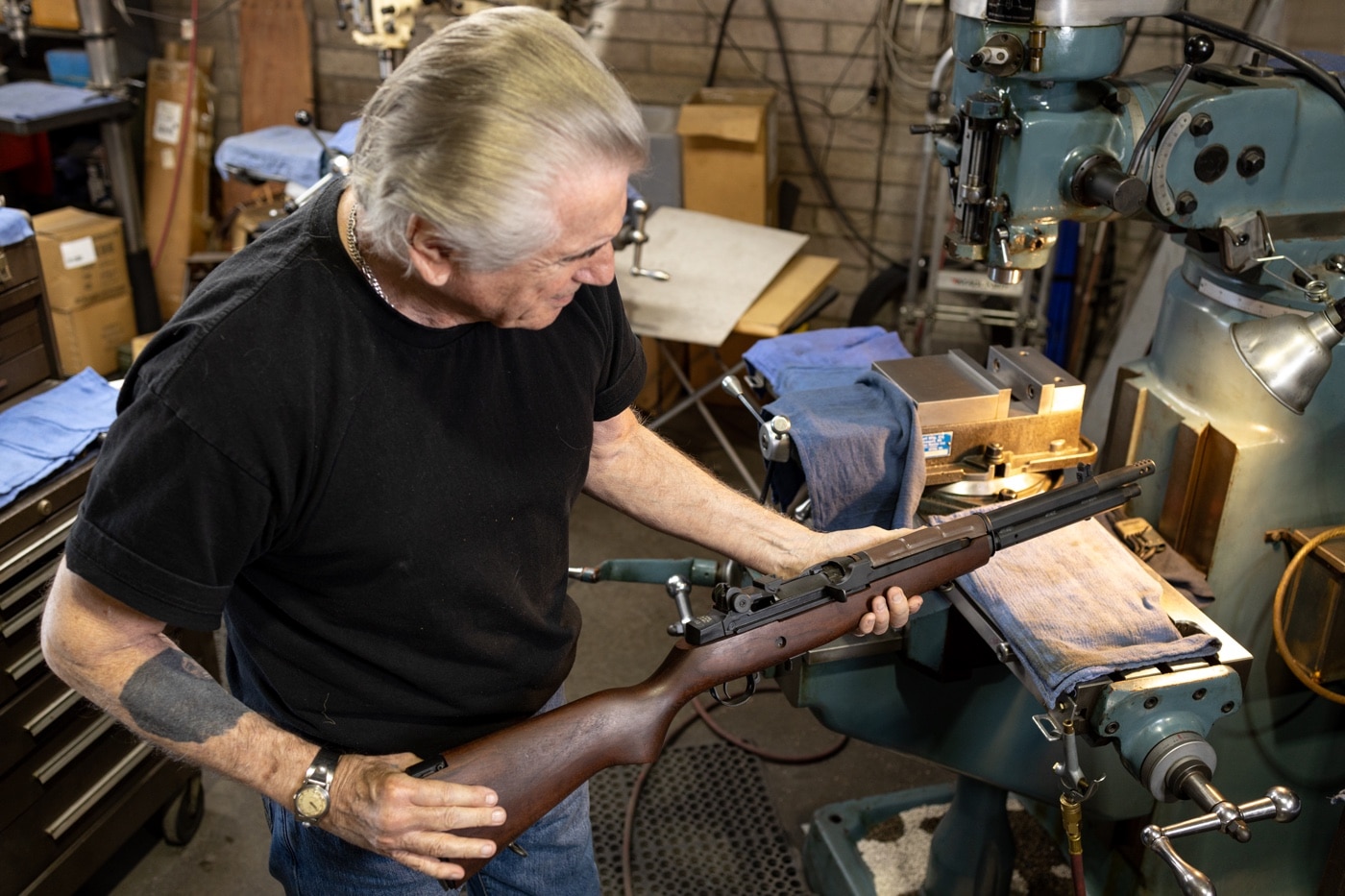
TAL: So, you preferred the M14 over the M16 at that time?
RS: Oh, hell yeah. Yeah. But the M14, how these guys talk about, “oh, it’s not controllable.” It is, too. You just gotta get into it, and hold onto it. You know, but if you’re 150 pounds, it’s a little difficult.
TAL: What makes the M14 so special to you?
RS: Well, there’s a lot of reasons. With that rifle you could be in the worst conditions, and it doesn’t matter whether you’re in the stand or a rice patty, that thing will run. I mean, it will keep going. The M1 Garand, although as good as it is, it’s got that closed in chamber; you get a bunch of stuff in there, and you can kind of have a problem. With the M14, You just pull the bolt back, stick it in the water, put another mag and start going. You know, rinse all the mud and stuff out of it and you’re good. It just never failed.
TAL: Do you feel like the M14 got short-changed?
RS: Well, yeah, because of politics. [If] they put their resources into making an M14 with a shorter barrel and maybe a different gas system, probably would’ve been a better deal.
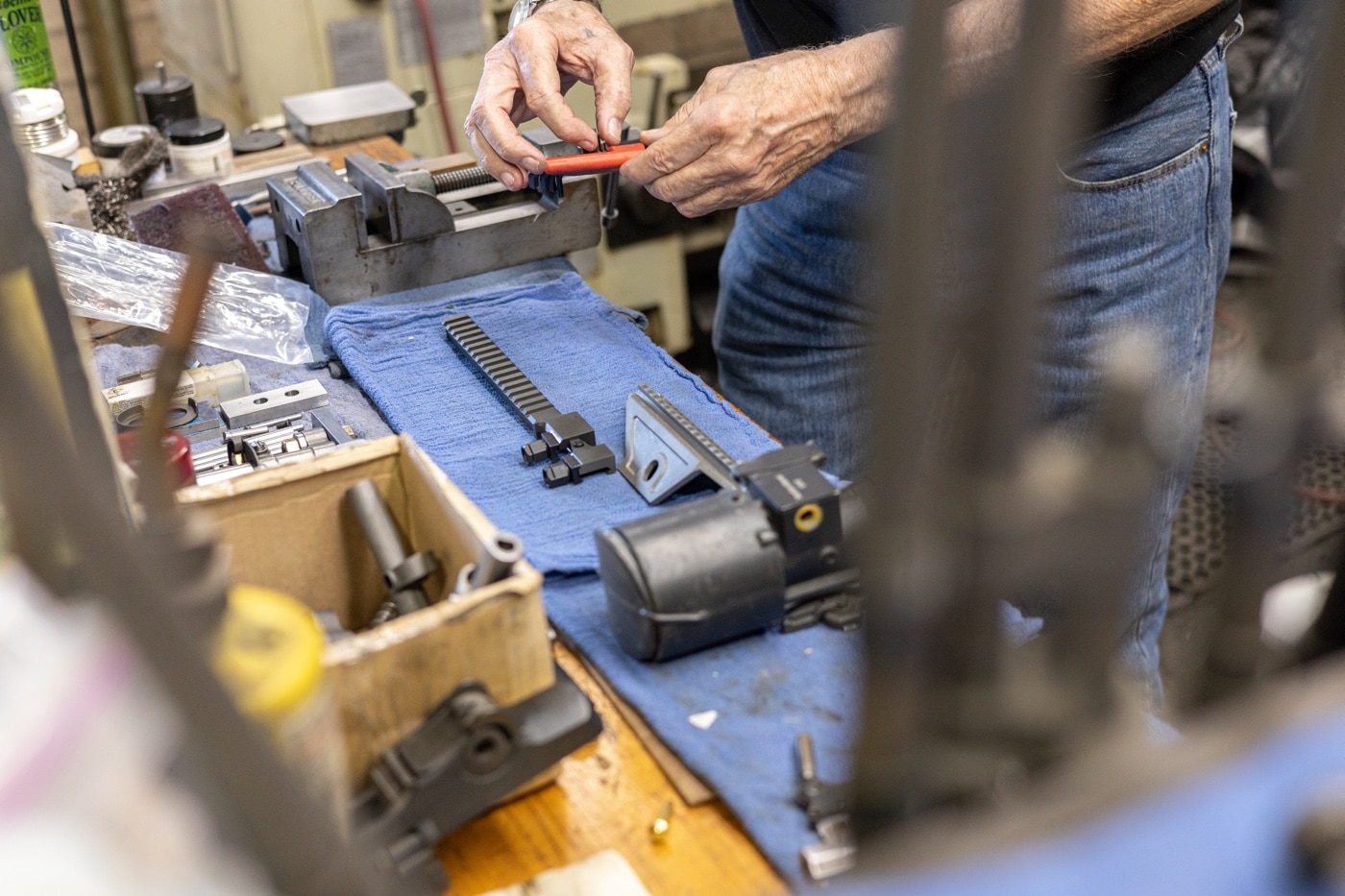
TAL: Circling back to the Vortex flash hider, was there anything like it on the market beforehand?
RS: Not like that. Not exactly like it. There were some things that were kind of similar, but the flutes were really long. They broke easy I don’t think these guys knew what kind of material to use. So, we kept testing it and testing it, shortening it and shortening it, until we got to where we developed a certain link that we couldn’t go any shorter on. We found the optimal link on the flutes, and that’s what we went with. We didn’t really know how long to do it, so we had to experiment around until we found it. We put a lot of money into that; an enormous amount of money.
TAL: How did the opportunity come about to breathe new life into the M14 platform for the U.S. military?
RS: When we got involved in Iraq and Afghanistan, there was a general in the Second Infantry Division that really got us started in all of this. Major Zimmerman was tasked by the commanding general to get ahold of us. So, they sent us several hundred M14s. Well, we got ’em in here and, oh my God. They couldn’t deploy with those things. I mean, we even have pictures of ones where the stock was broken at the wrist, with two knitting needles and duct tape holding it together. Most of the bores were completely shot out; they were all in various types of bad condition. (Read more about the M14 in the War on Terror here.)
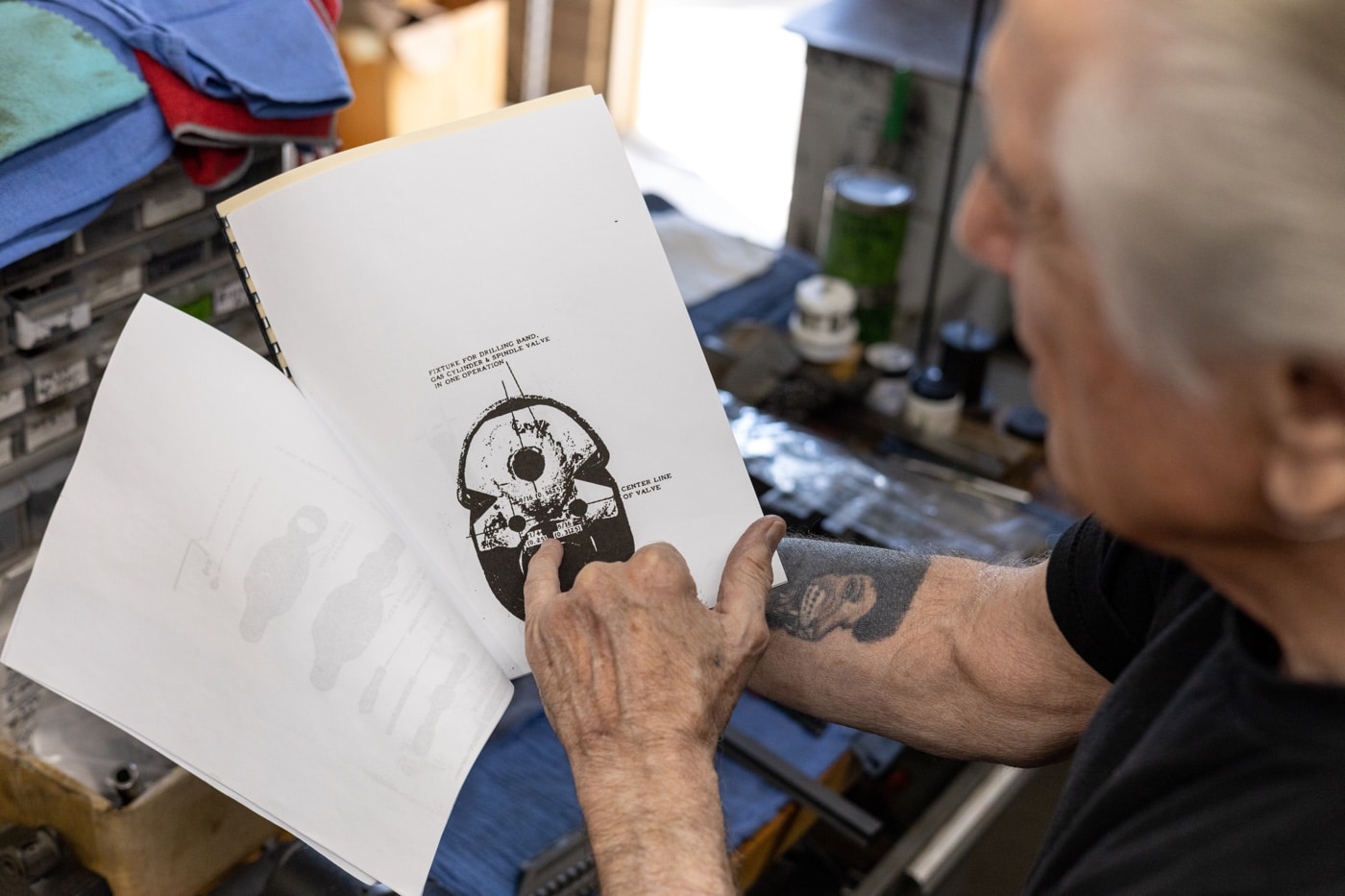
We re-barreled every one of ’em. We were working with George Wilson, and with those barrels we could shoot sub-moa. We cryogenically treated all those barrels. Then we salt-bath nitrated them, and we added our War Fighter Gas System. So, we supplied every rifle that we made with a suppressor and our Vortex flash hider. When we got done with them, we had to call it the something catchy, so we came up with Crazy Horse System. So, they adopted it as the Crazy Horse M14 sniper system.
TAL: Did the Crazy Horse come about because they realized that their current platforms were insufficient in the battlefield at that time?
RS: They didn’t need a new weapons platform developed. They could just take one that was already there, and make it better. They also knew they needed it done within their lifetime and we could make that happen. The general knew if he went through the system, they’d still be waiting. You know, we’re in a war — they didn’t have time to jack around. So, we came up with it, got it done, delivered it ahead of time.
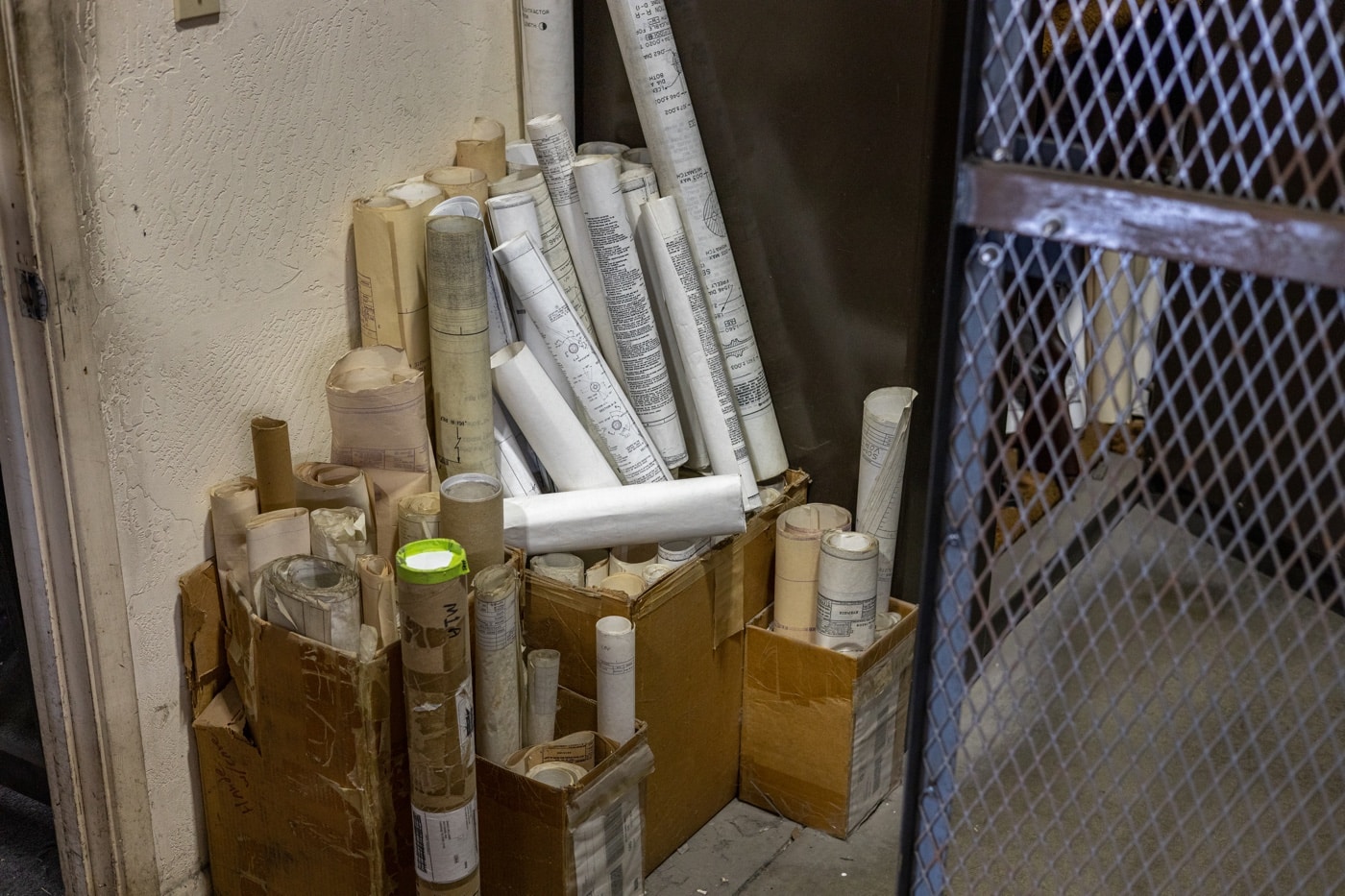
TAL: What accomplishments are you most proud of during your time so far at Smith Enterprise?
RS: What we did in the war, what we did for the Second Infantry Division. We’re the only civilian company since the Vietnam War to send M14’s in combat in any type of quantity. And that was a pretty big accomplishment for us. A little outfit like us? It’s a big deal. But see, I didn’t have to go ask anybody you know. I’m a trained journeyman; I know what I’m doing. We knew what was right and where to go to get it done.
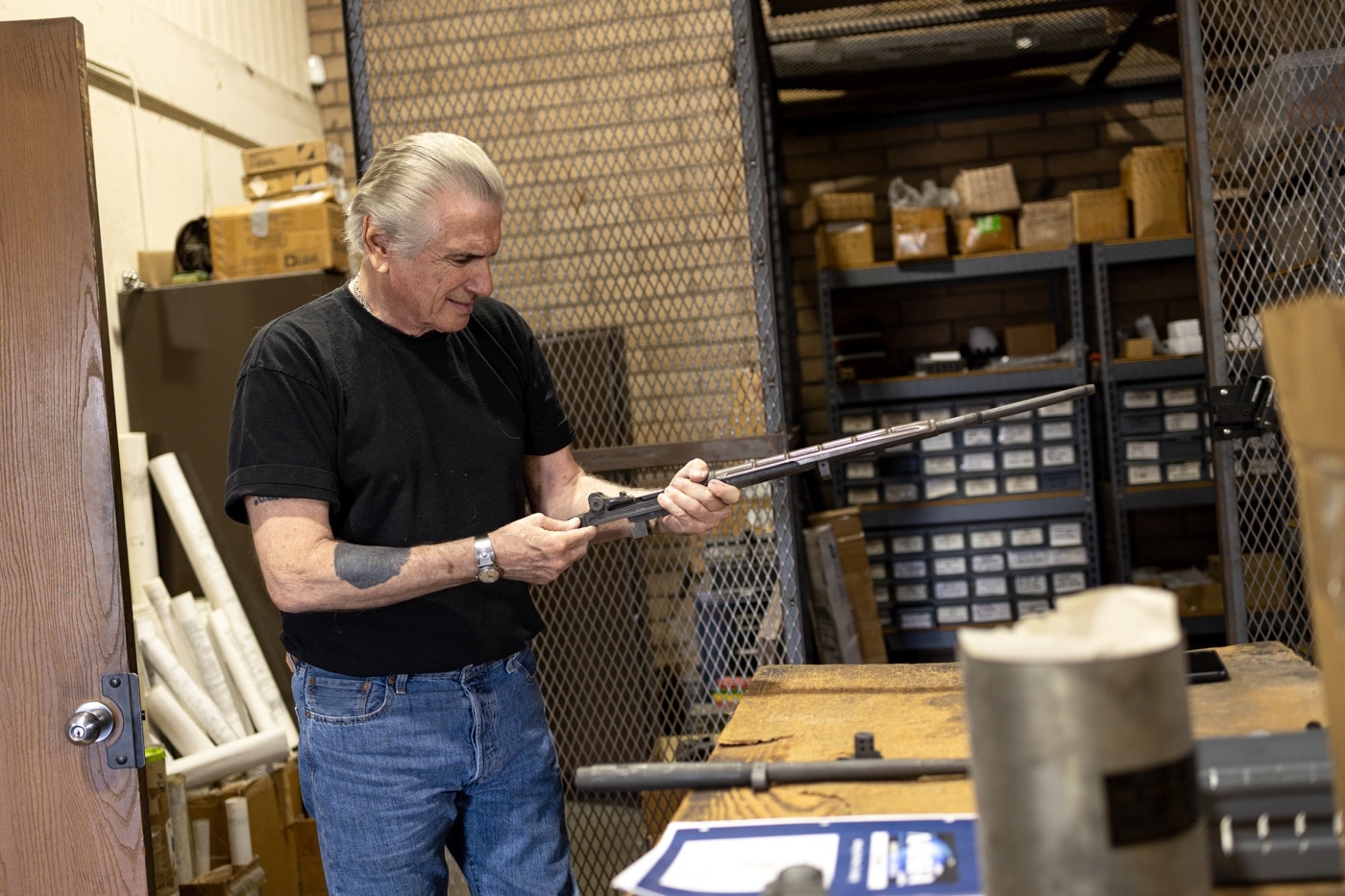
TAL: What’s the best way for someone to get their hands on a crazy horse rifle from Smith Enterprise?
RS: Call us. We’ve converted a lot of Springfield M1A’s to the Crazy Horse. A lot of guys will ask me, what receiver should I use? And I say is, go buy yourself a basic M1A and we’ll turn it into a Crazy Horse.
TAL: What’s one thing that you would like people to know about Smith Enterprise that they might not already know?
RS: We’re the best there is in the business. There’s nobody else that can do what we do. They just can’t. They don’t have the training. A lot of the skilled guys are gone, but we are still here making the best guns we can.
TAL: Thank you, Ron, for such an insightful look into your history and company. It’s been an honor chatting with you.
RS: My pleasure.
Editor’s Note: Please be sure to check out The Armory Life Forum, where you can comment about our daily articles, as well as just talk guns and gear. Click the “Go To Forum Thread” link below to jump in!
Join the Discussion
Featured in this article
Continue Reading
Did you enjoy this article?

 112
112





